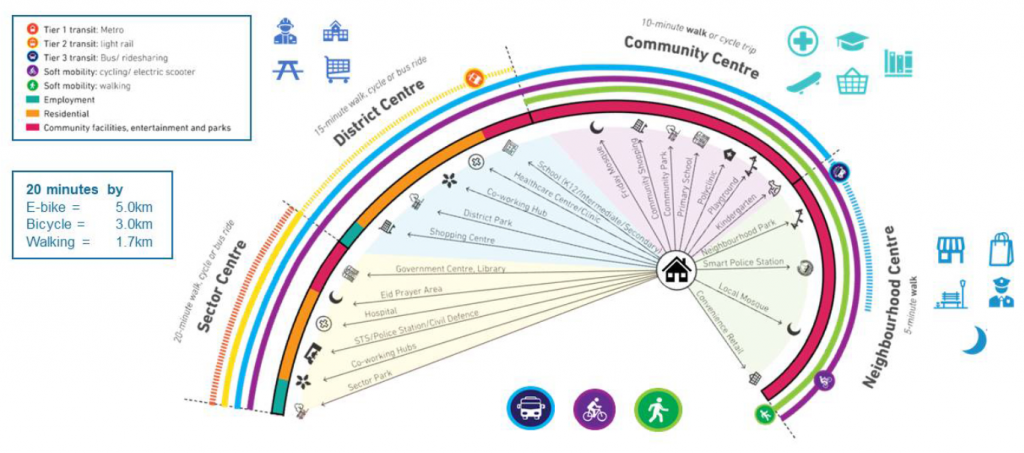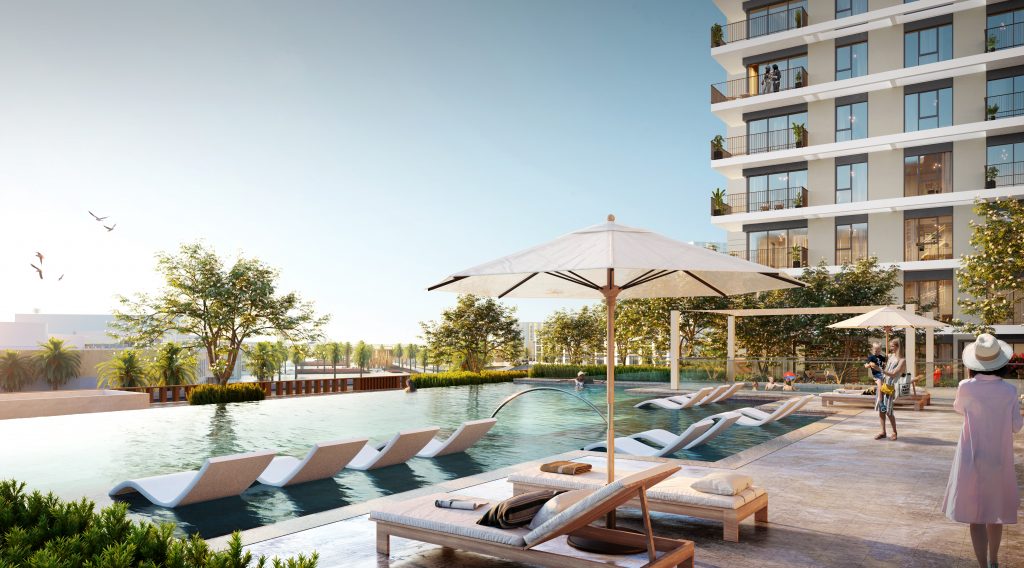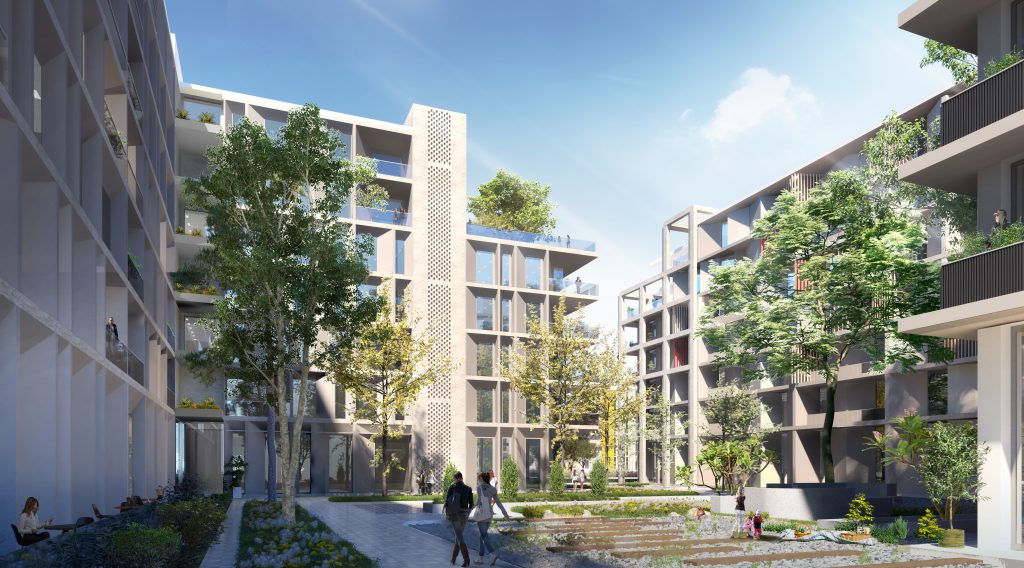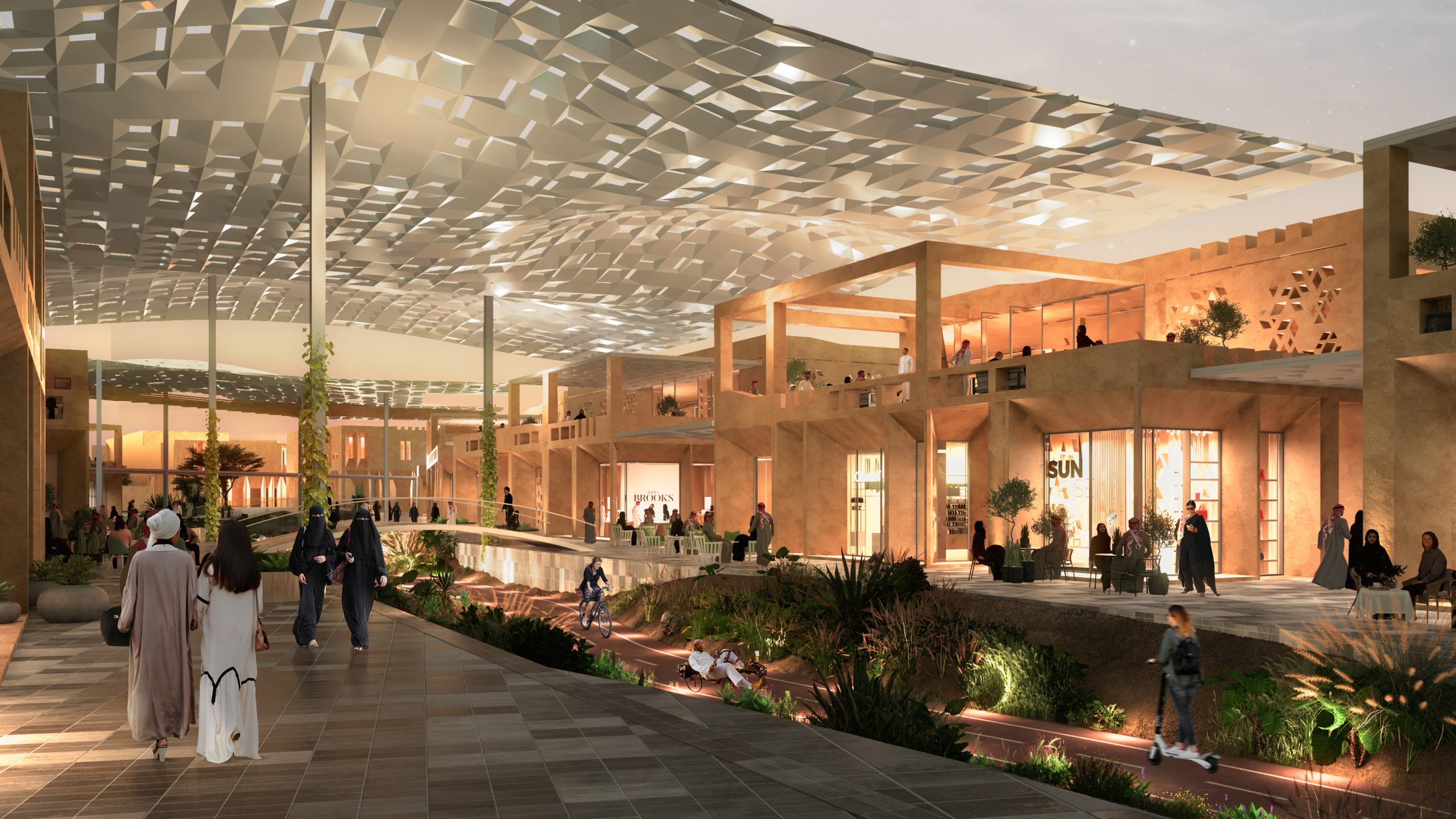Estimated reading time: 3 min
Neighbourhoods are defined by the communities who live there, and each has unique expectations of the services and facilities needed. This will also vary depending on the wider area, including topography and landscape, population density, economic status and location within the country it is located. An important objective of the 20-minute neighbourhood, or city, concept is to better align spatial and urban planning with sustainable transportation options, all in a way that supports and enhances local economies and quality of life. In the image graph below, we can see a detailed example of the concept in play.
On review, we can clearly outline the four key objectives of ‘20 Minute Cities’ as: accessibility, transportation, economy and sustainability, and the significance that each of these aspects play are described in more detail below. Dubai 2040 Urban Master Plan
Dubai 2040 Urban Master Plan
Accessibility
The primary design principle of this concept is to enhance the accessibility ‘local’, or smaller communities have to all the necessary amenities and more. The 20 Minutes City emphasises the idea of creating neighbourhoods where daily amenities and services are within a 20-minute walking or cycling distance and, as such, would result in an overall better quality of life. Through promoting accessibility for all ages and reducing the need for long commutes, there would be significant areas of improvement for members of the community as the structure aims to also prioritise community engagement. This is seen on two levels: the conceptualisation and then in practice.
A common approach to designing these communities is ensuring prospective inhabitants are included in the planning and design process. This allows residents to have a say in shaping their neighbourhoods, resulting in a stronger sense of ownership, social cohesion, and a better understanding of local needs and aspirations.
And then, in practice, the 20 Minutes City concept encourages residents to become involved with one another by designing the residential community in such a way that intertwines community parks, picnic areas and children play spaces and thus encourages engagement with one another.
 ‘Hills Park’ Residential Development, Dubai, UAE
‘Hills Park’ Residential Development, Dubai, UAE
Transportation
Another key architecture and design objective of the ‘20 Minutes City’ is enhanced transportation options or connections. The design principle promotes active transportation modes such as walking and cycling, which are essential for reducing carbon emissions, improving air quality and encouraging physical activity in a way that would improve mental and physical health. Compact neighbourhoods with well-connected pedestrian and cycling infrastructure make it easier for residents to choose sustainable transportation options.
As planned in the reference image linked above, the ideal city would have “integrated service centres with all the necessary facilities that allow residents to reach their destinations within a 20-minute timeframe on foot or by bicycle through facilitating sustainable pedestrian, bicycle and transportation trips across the city. The plan involves placing 55% of the residents within 800 metres of mass transit stations, allowing them to reach 80% of their daily needs and destinations.”
Economy
Moreover, the concept encourages the integration of residential, commercial, recreational, and institutional spaces, all within the same neighbourhood. By combining different land uses, the 20 Minutes City fosters vibrant and diverse communities, supporting a more sustainable and inclusive urban environment. By fostering a high-quality mixed-use style, local businesses and entrepreneurship are supported. With a focus on creating walkable neighbourhoods, it becomes easier for residents to access local shops, cafes, and services, leading to a vibrant and resilient local economy. Confidential project in UAE
Confidential project in UAE
Sustainability
As highlighted throughout the above, sustainability plays a significant role in a variety of ways in these communities. In terms of transportation, walking and cycling are emphasised as key ways to access the closest amenities. These compact neighbourhoods with well-connected pedestrian and cycling infrastructure make it easier for residents to choose sustainable transportation options.
Meanwhile, the further, or ‘outer’, amenities are accessible by bus routes that specifically cater to the local design. By meticulously designing the 20 minute cities in such a way, it in turn reduces the need for private vehicles which will then lead to a decrease in traffic congestion, fuel consumption, and greenhouse gas emissions.
There are still debates over areas for flaws, such as gentrification in a way that may result in lower cultural diversification, however, conversations are already being had over ways to eliminate this. As mentioned above, as ‘20 minute cities’ are being built, a diverse group of people from an array of backgrounds are being consulted on the best way to structure new communities that meet the needs of all rather than conforming with the ideal of appealing to a specific ‘target market’. As these new neighbourhoods are still in their infancy, we can expect to see a huge increase in popularity for them, especially when formed on such a basis.


